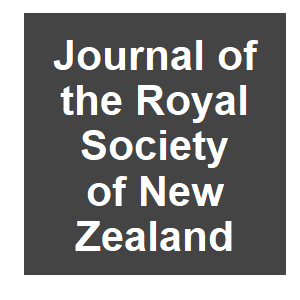The potential for the use of gene drives for pest control in New Zealand: a perspective

|
P. K. Dearden, N. J. Gemmell, O. R. Mercier, P. J. Lester, M. J. Scott, R. D. Newcomb, T. R. Buckley, J. M. E. Jacobs, S. G. Goldson and D. R. Penman,
Journal of the Royal Society of New Zealand,
48:225-244.
2017.

Genetic technologies such as gene editing and gene drive systems have recently emerged as potential tools for pest control. Gene drives, in particular, have been described as potential solutions to the pest problems that beset New Zealand. Here we describe the current state of gene drive technologies and present a series of examples to examine the potential benefits and problems arising from gene drive approaches for pest control in New Zealand. We consider the risks and barriers, both biological and social, that would need to be addressed to deploy such systems against our key pests with particular reference to the unique characteristics of New Zealand’s biota, environment and peoples. Gene drives are a potentially useful technology for the eradication of pests in New Zealand but a great deal of research and understanding, as well as public acceptance, is required before they can be implemented.
More related to this: Trends in the development of mammalian pest control technology in New Zealand Invertebrate Biosecurity Challenges in High-Productivity Grassland: The New Zealand Example Anticipating complexity in the deployment of gene drive insects in agriculture Genetic pest management technologies to control invasive rodents
|



